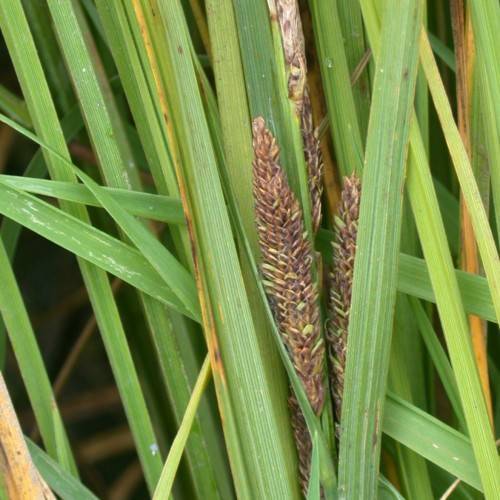
Salt Marsh Sedge
Carex recta
Also Known As - Estuary SedgeWatering:
Minimal
Hardiness Zone:
Flowers:
Flowers
Sun:
Sun
Fruits:
Fruits Ready In Fall
Leaf:
Yes
Growth Rate:
Low
Salt Tolerant:
Yes
watering
Loose Flowered Sedge usually requires moderate amounts of water for optimal health. It should be watered when the soil is completely dry to the touch, but no less than once a week during the growing season (April to October). In hotter climates, an additional watering may be necessary. In the winter months, when the plant is in a dormant state, water should be limited to only when the soil is totally dry. Too much water during the fall and winter can cause root rot and stunt the growth of the plant.
sunlight
Loose Flowered Sedge thrives best in full to partial sunlight, meaning at least 6 hours of direct sunlight each day. It prefers very moist soils during the hot and dry summer months, but is tolerant of more moderate soil moisture throughout the year. When grown in dry conditions, the amount of sunlight should be decreased to 3-4 hours a day. For optimal growth, it is best to provide Loose Flowered Sedge with bright, indirect sunlight for the majority of the day, followed by direct sunlight for only a few hours.
pruning
Loose Flowered Sedge (Carex rariflora) should be pruned in late winter or early spring, after the coldest weather has passed. Pruning should be fairly minimal, focusing on removing any dead, damaged or diseased foliage, as well as thinning out older foliage to encourage new growth. Light trimming at this time can also help keep the plant neat and tidy. To keep the plant looking fresh, it is also recommended to prune away any seed heads that form and lightly trim the plant every few years.
